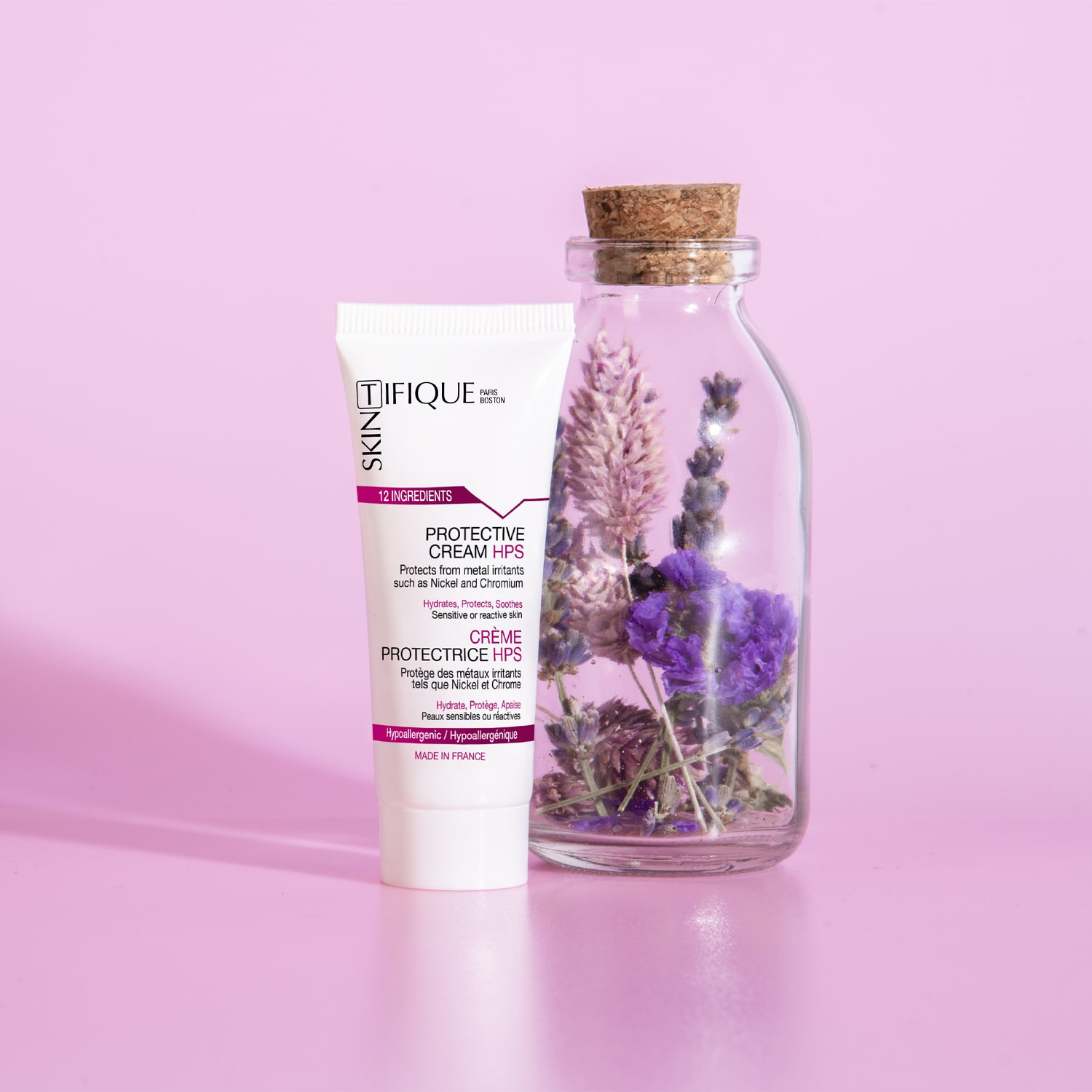The birth of a product: How to make a skincare product

How to make a skincare product? Here are the different steps involved in the birth of a skincare product : deciding the specificities, designing a prototype, stability and safety requirements, industrial scale-up, raw ingredients sourcing, and industrial production.
1 - DECIDING THE SPECIFICATIONS OF YOUR PRODUCT
Which structure (you can have oil-in-water emulsion, water-in-oil emulsion, balms, ointment, liniments…) Which features for your product: do you plan to have a product that brings soothing relief ? A product that is specifically designed for sensitive skin ? A product that will improve healing ? A product that will bring intense moisturizing ? A product that will smell good and have a pleasant feel ? Some of these features may be also decided after consulting consumers panels that will give their feedback on what they would like to have in terms of functions or packaging. Big companies often use these panels of consumer-based approach to develop their new lines of products. This step, which is fundamental in the development of a product, deeply depends on each skincare company and their market plan development.
2 - DESIGNING A PROTOTYPE
Once the features of your product have been decided, a formulation process will take place. Laboratories with in house facilities will often take care of this step, but it is also possible to hire companies specialized in developing skincare formulations for other brands. In that case, the formulation is made outside the skincare company, but this latter one nevertheless owns all the rights on the formulations. Once the exact formula has been made through various trials, the formula must fulfill strict requirements in terms of safety and stability.
3 - STABILITY AND SAFETY REQUIREMENTS
This section will be further described in another post, but briefly, the company must provide to an independent expert the results of tests for microbiology safety, stability, and other tests depending on the claims made for a product. An independent laboratory generally performs these tests. These are at least the requirements for a product registered in the E.U., which has one of the most stringent regulations for skincare products.
4 - INDUSTRIAL SCALE-UP
An industrial pilot is then made to check whether the formula and the process to make the product, which has been designed with bench instruments, can withstand a scale-up to industrial production. Indeed, the forces applied in an industrial reactor can be very different to what is possible on a bench with professional agitator systems. It can deeply modify the structure of the emulsion, and therefore its stability. This is the reason why this pilot step is really important, especially for formulas with no “history” behind. As I described in the first paragraph, having a blank formula can really help with this scale-up step. The behavior of the system and the industrial process are already known.
5 - RAW INGREDIENTS SOURCING
The sourcing is also a major step in the process. Ingredients are carefully selected, and in Europe, a file registering all the characteristics of the raw ingredients is kept to ensure quality and regulation process. For some products based on very specific ingredients, securing the sourcing may be a major issue, as it might be the case for exotic plants extracts or vegetable oils. If you base your products on the specific property of a plant, being sure you can have this plant delivered to you with precise timing and quantities is very important. For other ingredients that are commonly used, the number of trusted providers for these ingredients is less critical since you have several companies with a history of high quality standards that are providing these ingredients.
6 - INDUSTRIAL PRODUCTION
Once the industrial production has been planned, a quality process is made to ensure the maximal quality of the products. It generally involves a process in two steps. First, a batch of the product is made, and this batch is analysed to detect if micro-organisms such as bacteria or yeast are present in the batch. The physico-chemical properties are also checked, such as pH and viscosity, to be sure the batch made corresponds to the product that has been previously designed. If the batch passes these analytic tests, then it is conditioned in the final containers (tube, bottle, jars…) and released on the market. Samples of each batch made are kept in-house during the lifetime of a specific batch as quality control over the period this batch can be commercialized.
Learn more about ingredients and skincare
INTERESTED IN WHAT IS IN YOUR SKINCARE PRODUCTS?
USE MILA, YOUR GUIDE FOR SENSITIVE SKIN
Find the personalised safety profile of any ingredient or product
LIBERATING
skincare
LIBERATING
skincare
WHY CHOOSE
SKINTIFIQUE
Skintifique helps sensitive, intolerant and allergic skin to free themselves from their constraints thanks to natural formulations and innovative and patented technologies
Made in
FRANCE
Our products are designed and made in France, with locally sourced ingredients and packaging
Natural
& SAFE
Our formulations are based on natural ingredients that have proven to be effective and soft for years
Technologies
& PATENTS
Our experts have developed 2 technologies protected by international patents, making our products unique in the world!
WHY CHOOSE
SKINTIFIQUE
Skintifique helps sensitive, intolerant and allergic skin to free themselves from their constraints thanks to natural formulations and innovative and patented technologies
Made in
FRANCE
Our products are designed and made in France, with locally sourced ingredients and packaging
Natural
& SAFE
Our formulations are based on natural ingredients that have proven to be effective and soft for years
Technologies
& PATENTS
Our experts have developed 2 technologies protected by international patents, making our products unique in the world!
